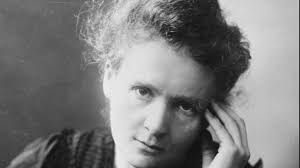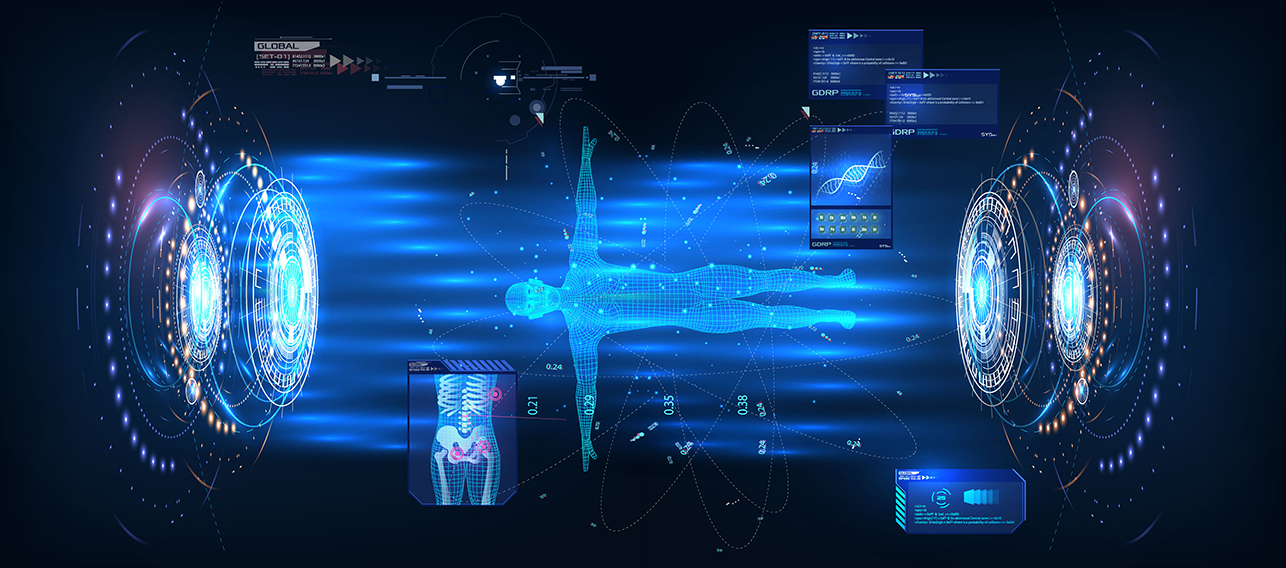Celebrating 40 years of Medical Physics at the MUHC and McGill University
On November 7, the McGill University Health Center (MUHC) and McGill University celebrate the 40th anniversary of the Medical Physics Academic Program. We sat down with Dr. Jan Seuntjens, Director, McGill Medical Physics Unit, and William Parker, Clinical Chief, MUHC Department of Medical Physics to talk about the history and the future of this discipline.
First of all, why did you specifically choose November 7 to hold the MPU 40 celebration?

Thee MPU 40 celebration is organized on the birthday of Nobel prize winner Marie Curie (born in 1867), who discovered radium and devised its application in medicine. Lise Meitner, the discoverer of nuclear fission, was born in 1878 on the same day and November 7 is also officially the international day of medical physics!
To mark this event, you will hold a symposium. Tell us a little about it.
The symposium will feature an alumnus from the MPU program for each decade. They come from around the world and will talk about their current work, their life path and the science or profession they are enthusiastic about. This will be followed by a panel discussion with yet another set of alumni.
The academic program commemorates 40 years, but medical physics clinical services precede that.
Medical physics has always been a strength at McGill Although the academic program formally exists since the late 70s, medical physics has been present at McGill affiliated institutions since the end of the 19th century! In fact, an X-ray image of a patient's hand was taken at the Montreal General Hospital only months after the invention of X-rays in 1895 by Wilhelm Röntgen. Not long afterward, Ernest Rutherford worked at the McGill physics department. He would receive the Nobel Prize for his investigations into the disintegration of the elements, and the chemistry of radioactive substances in 1908.
The Medical Physics Unit was created in 1979 by Dr. Montague Cohen. The program is internationally accredited by the Commission for Accreditation of Medical Physics Education Programs (CAMPEP) since 1993 due to pioneering efforts by Dr. Ervin Podgorsak. It was the first in Canada with this accreditation – and one of the three first programs in the world – to encompass graduate training at the MSc and Ph.D. levels, and at the clinical residency level.
Physicists teach many other professional groups in the hospital. The program also has a busy research and innovation component, with over 40 graduate students and postdocs all housed within the hospital.
Besides its rich history, what’s the secret to the program’s success?
The program is an excellent example of a productive interaction between a hospital and a university. It’s wonderful to see academia and clinically based professionals applying new developments to the benefit of patients.
Concretely, how does this expertise translate into clinical services?
Technology is at the basis of modern medicine. Behind technology, there is research and the development of methodologies that use basic science including physics and biology to establish better diagnosis and treatment. I will give you a few examples:
- The CT scanner was invented in 1972 by British engineer Godfrey Hounsfield and by South Africa-born physicist Allan Cormack. They won the Nobel prize for Physiology or Medicine in 1979.
- Paul Christian Lauterbur was an American chemist who shared the Nobel Prize in Physiology or Medicine in 2003 with physicist Peter Mansfield for their work, which made the development of magnetic resonance imaging (MRI) possible.
- Canadian Harald E. Johns invented Co-60 radiation therapy in 1951.
At the MUHC, physicists ensure radiation treatments are carried out safely and accurately, X-Ray equipment for imaging performs optimally with the lowest possible radiation exposure to the patient, and MRI scanners function optimally. We also ensure that we can safely perform radiation therapy in the operating room in breast and brain cancer surgery.
How do you see the future of medical physics?
Medical physics is an evolving and rapidly developing field, which also embraces new developments in medicine. Medical Physicists are by definition scientists and health professionals at the same time. By training, they are good with computers, algorithms, theories, measurements, and data. With the upcoming digitization of medicine and the increasing use of artificial intelligence (AI), machine learning and data, medical physics will be more important than ever.
How is Medical Physics at keeping up with these developments at the MUHC?
Some of our research programs are heavily involved in the application of AI and big data in medicine. I see the future of medical physics as playing a continued strong role in the development of novel treatment technologies based on new scientific findings. In our unit, we have examples of these technologies such as intensity-modulated brachytherapy or mixed-modality radiotherapy. We are also working on the application of machine intelligence in medicine, ranging from automated diagnosis, drug deliveries to patients or highly accurate radiation treatments.
